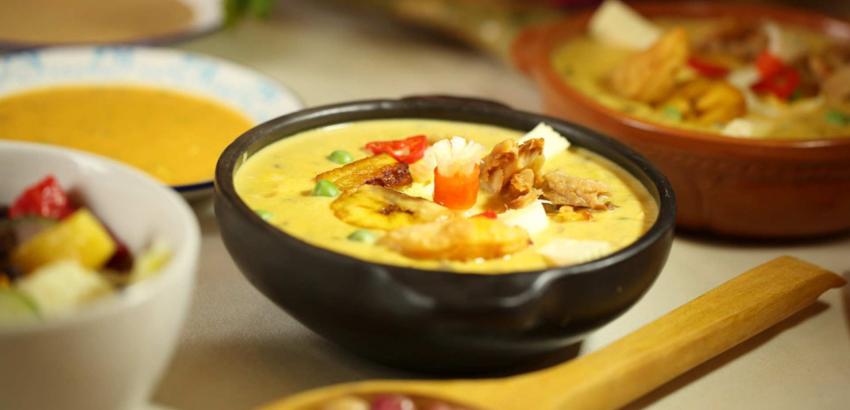Los esclavos que escaparon de las duras condiciones de trabajo de las plantaciones de Surinam recibieron el nombre de Maroons.

By Caribe Insider
During Holy Week dishes are made that exclude red meat, but they are still tasty and very welcome in those days of liturgical celebrations in times of pandemic caused by the Covid19, when traditions and faith are manifested in the countries of Central and South America and North America.
We live Holy Week, since the beginning of Lent, there are days of rest but also of prayer, and while fasting also the table welcomes the typical for those days.
In the good table they put exquisite elaborations like the cod stewed with onion, potatoes, olives and hard-boiled eggs, especially in countries like Brazil, while in Colombia the family meets to taste different types of fish with a side of rice with coconut.
Traditionally baked chicken and chipa, a combination of eggs, granulated cassava starch and other ingredients that make donuts that are very pleasant to the palate, are made in Paraguay during Easter.
Following the trail of what is consumed in other countries in those days of meditation and prayer we find that in Peru it is tradition to eat ceviche and chupe together with boiled ripe banana, cheese and dressing to taste.
In Mexico they put on the table recipes made from an edible plant named romerito that is prepared with dried shrimp, nopal, sesame and potatoes, while in Argentina and Uruguay it is tradition to prepare the so-called vigil empanadas, whose filling is tuna or other fish.
In Costa Rica there is no lack of chiverre honey, made from a fruit similar to pumpkin or auyama. During Easter in the Dominican Republic it is usual to taste a dish of red beans with coconut milk. Catholics in El Salvador eat Pisques tamales that have beans, chipilín, egg or simply with the flavor of the dough to accompany it with Creole salsita.
For Ecuadorians in the so-called Semana Mayor the typical thing is to start it with a dish named fanesca, a stew that dates back to the pre-Hispanic period and contains 12 grains and Andean pumpkins. It is accompanied with empanadas, fresh cheese, fried ripe banana and dried cod.
Easter is a time to share with the family and take the opportunity to taste the typical dishes that have been handed down from one generation to the next.

Los esclavos que escaparon de las duras condiciones de trabajo de las plantaciones de Surinam recibieron el nombre de Maroons.